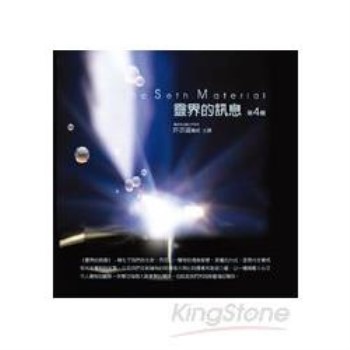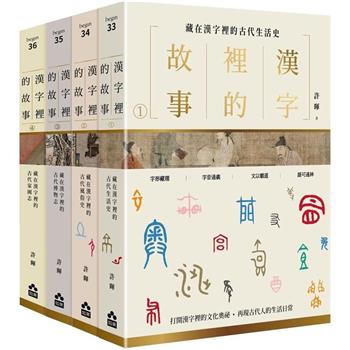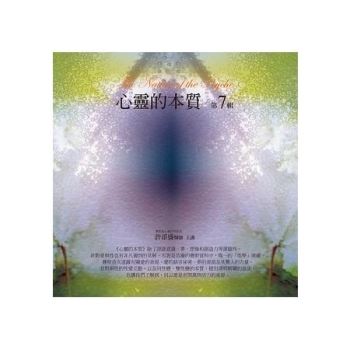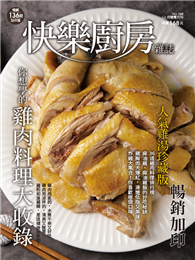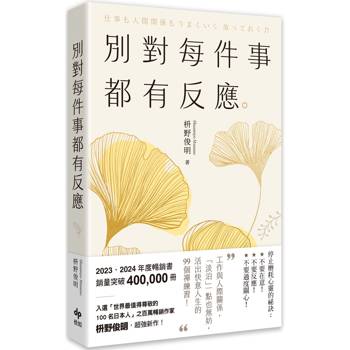How does the historian approach memory and how do historians use different sources to analyze how history and memory interact and impact on each other?
Memory and History explores the different aspects of the study of this field. Taking examples from Europe, Australia, the USA and Japan and treating periods beyond living memory as well as the recent past, the volume highlights the contours of the current vogue for memory among historians while demonstrating the diversity and imagination of the field.
Each chapter looks at a set of key historical and historiographical questions through research-based case studies:
- How does engaging with memory as either source or subject help to illuminate the past?
- What are the theoretical, ethical and/or methodological challenges that are encountered by historians engaging with memory in this way, and how might they be managed?
- How can the reading of a particular set of sources illuminate both of these questions?
The chapters cover a diverse range of approaches and subjects including oral history, memorialization and commemoration, visual cultures and photography, autobiographical fiction, material culture, ethnic relations, the individual and collective memories of war veterans. The chapters collectively address a wide range of primary source material beyond oral testimony - photography, monuments, memoir and autobiographical writing, fiction, art and woodcuttings, ''everyday'' and ''exotic'' cultural artefacts, journalism, political polemic, the law and witness testimony.
This book will be essential reading for students of history and memory, providing an accessible guide to the historical study of memory through a focus on varied source materials.


